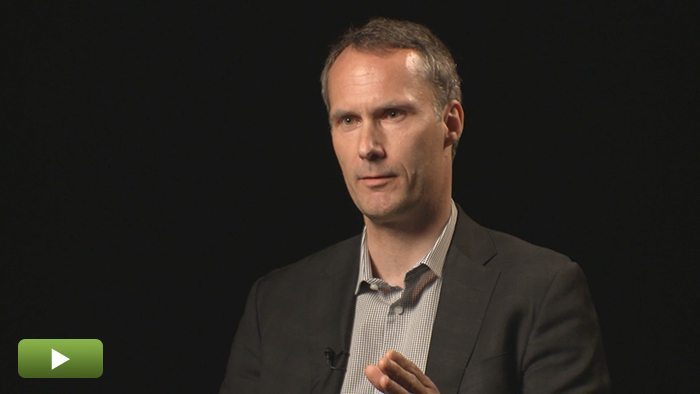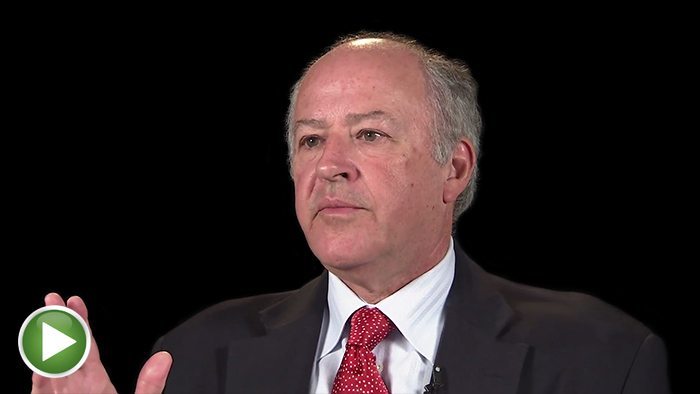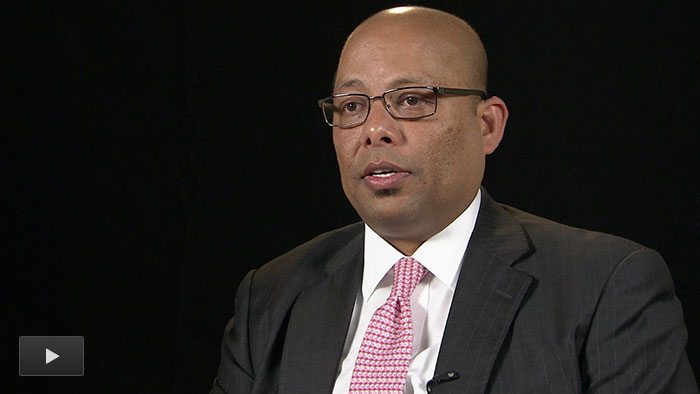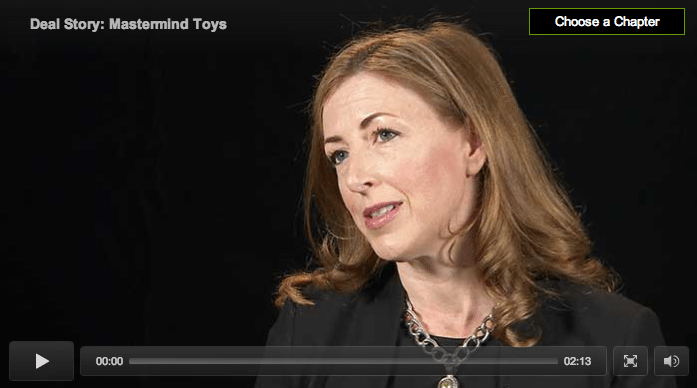Creating Value In the Canadian Middle Market
Thecla Sweeney of Birch Hill Equity Partners says Canadian companies face significant challenges that are pronounced in the middle market, including weak investment and a dwindling currency advantage. She says these roadblocks call for more forward-thinking investments that are critical for the improvement and expansion of these businesses.
Transcript Download Transcript
Creating Value in the Canadian Middle Market
A Privcap Conversation With Thecla Sweeney of Birch Hill Equity Parnters
How does Birch Hill’s investment philosophy work in the Canadian middle market space?
We are very much focused on growth; so I think we’re a great partner for a company that is looking to grow in terms of making investments with a longer-term horizon in mind. Growth does take time. We typically won’t put a lot of leverage on a company because of our philosophy that sort of operational growth and financial growth don’t sort of live very well together. And then as a result, we tend to hold companies longer. So our average hold is about seven years, and I think you’re really able to achieve some meaningful value creation in that period of time.
When Canadian middle market companies seek growth, what kind of macroeconomic roadblocks could they face?
I think there are challenges for Canadian companies in general, whether that’s more pronounced at the mid-market or not – probably. But I think certainly there’s been a lot said as of late around the productivity gap in Canada, and a lot of that is driven by access to capital, investing in people, and technology, and so on. And so I say Canada is certainly, by all measures and statistics, has lagged there. And another fairly material challenge that Canadian companies have had is with the exchange rate. So a lot of Canadian companies – for many, many years – benefited from a 60-cent dollar. As to whether the productivity gap and the exchange rate are linked – probably – as it allows you to compete with US firms selling goods across border because you have this sort of embedded currency advantage. That’s gone away, and probably has gone away certainly in the near to mid-term. And so I think a lot of companies who have had to look at themselves and how they compete, and how they can produce, and how they sell to the markets to the south. It’s been pretty challenging, and you see that in the statistics. Exports have declined in Canada as a percentage of GDP. But the good news is that the companies that have survived that change from the 60 cent dollar to $1.10 to sort of where it is right now – should be stronger and better companies for it. And that should have kind of separated the herd a little bit.
What is the most common microeconomic roadblock to growth?
You know, I think it is lack of investment … it’s probably the best example. So companies not replacing things, but taking time to replace things were being slow to make more forward-thinking investments, if you will. So in a small company – in particular one that’s owned by an entrepreneur – that’s a risky proposition to make a $5 million investment or to grow more aggressively. And so that risk is a single owner is much more pronounced. So it’s understandable why they’ve done that. But a lot of times we will go into companies, contrary to what you might think as a financial investor or partner, and encourage more capital expenditure. Yes we’re focused on cash flow, a part of the way you generate cash flow in the long term is actually making investments today.
Is Canada’s middle-market finding growth through foreign markets? What portion of Birch Hill’s portfolio illustrates this trend?
It’s about a third, so we went back and looked at it. It’s driven in part by a couple of things – one, the mix of companies that we have in our portfolio. So for example, if our portfolio has a heavier weight on a telecom sector, for example, that would be predominantly Canadian, if not all Canadian, revenue. And I see it growing, and that’s in large part our strategy. And so our strategy is to take great companies, or good companies that could be great. And a lot of that is helping them grow. And a lot of that growth comes from entering new markets – most notably the US. There are a lot of companies that enter the US and have not had success, and so again, the entrepreneur looking for a partner that can help them navigate that landscape is quite important. And so you would typically see US revenues as a percentage of total revenues grow during our ownership. And I see that trend continuing.
Are Canadian business owners generally enthusiastic or hesitant toward forming private equity partnerships?
Sure, all of the above. And it really depends on where the entrepreneur is in his or her thinking. So is it that they hadn’t thought about it, and we’re the first person who’s come to meet them about private equity. Or are we one of 20 people who have called on them, and they’re tired of it? Or are they someone who’s actually done a bunch of work and talked to their advisors, various intermediaries, and got a sense of who the different providers are and actually have more of the targeted focus view and have a very clear idea of what they want in a partner. Because I think that until an entrepreneur has sort of educated themselves on what options are available and what exactly it is that they want – are they exiting 100%. That’s a very different exchange that you would have with a private equity investor versus someone who has a business if they want to grow more aggressively, and they want to partner with somebody for five to seven years. That’s a very different thought process and selection process.
What is Birch Hill’s preferred exit route?
Most of our exits are to strategic buyers – almost half. The second tranche would be public exits. That being said, the IPO market in Canada is pretty soft. And so that certainly has not been an avenue that we’ve pursued lately. Our most recent public company was when we took Constellation Software public. We didn’t exit at that point; we exited over a period of time. And that’s usually the case. I mean an IPO isn’t really an exit. It’s a start of an exit, and that process can take many, many years. So I think we will probably continue to see a lot of strategic sales typically.









